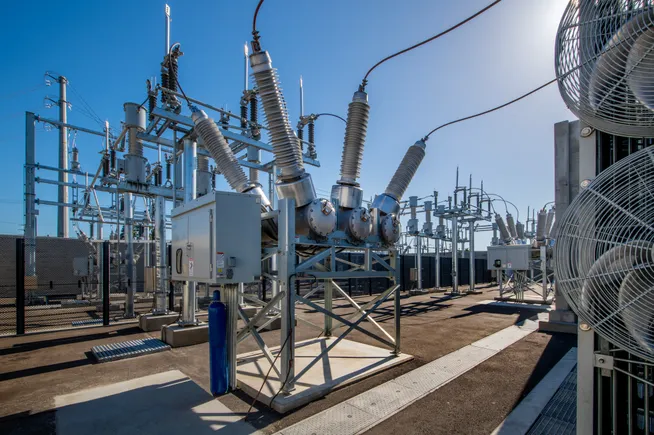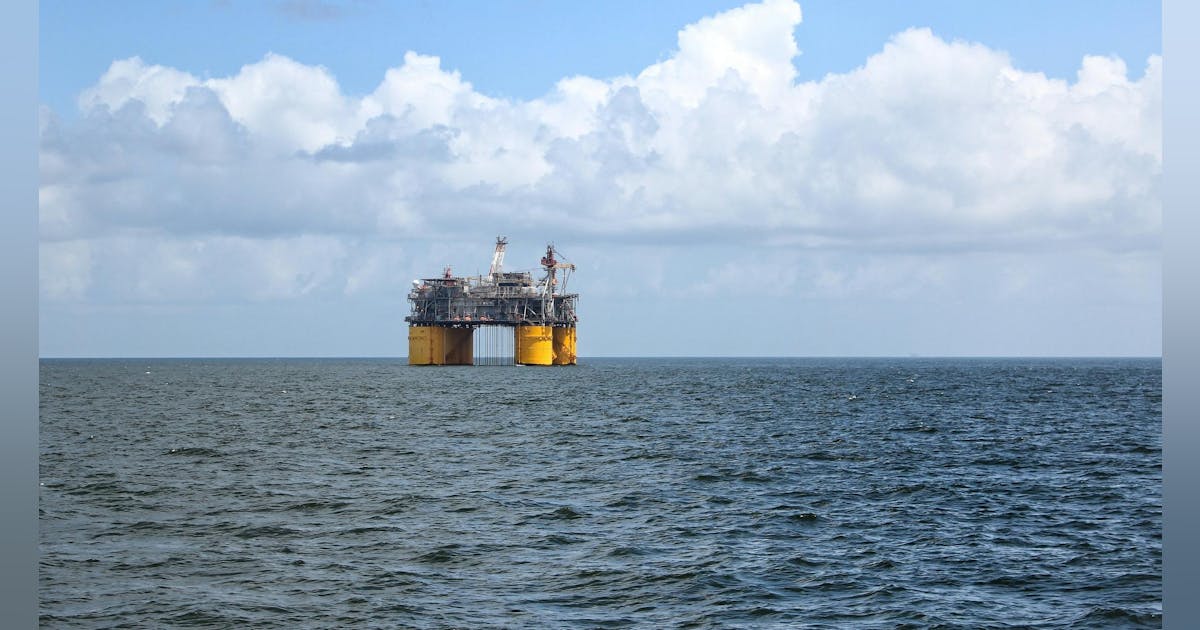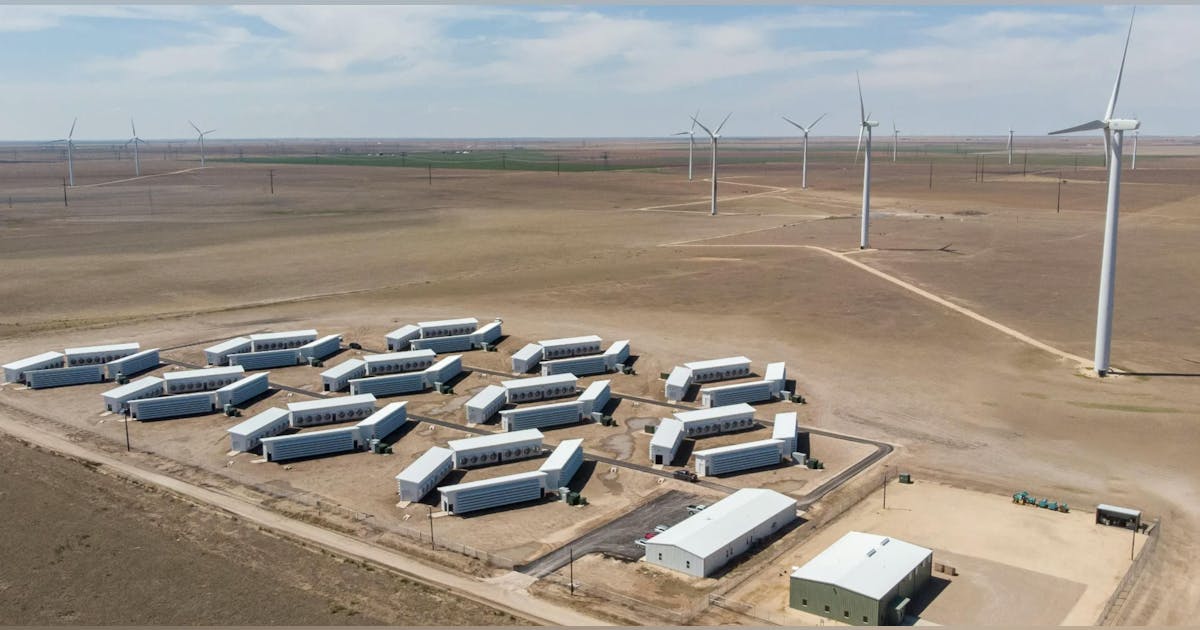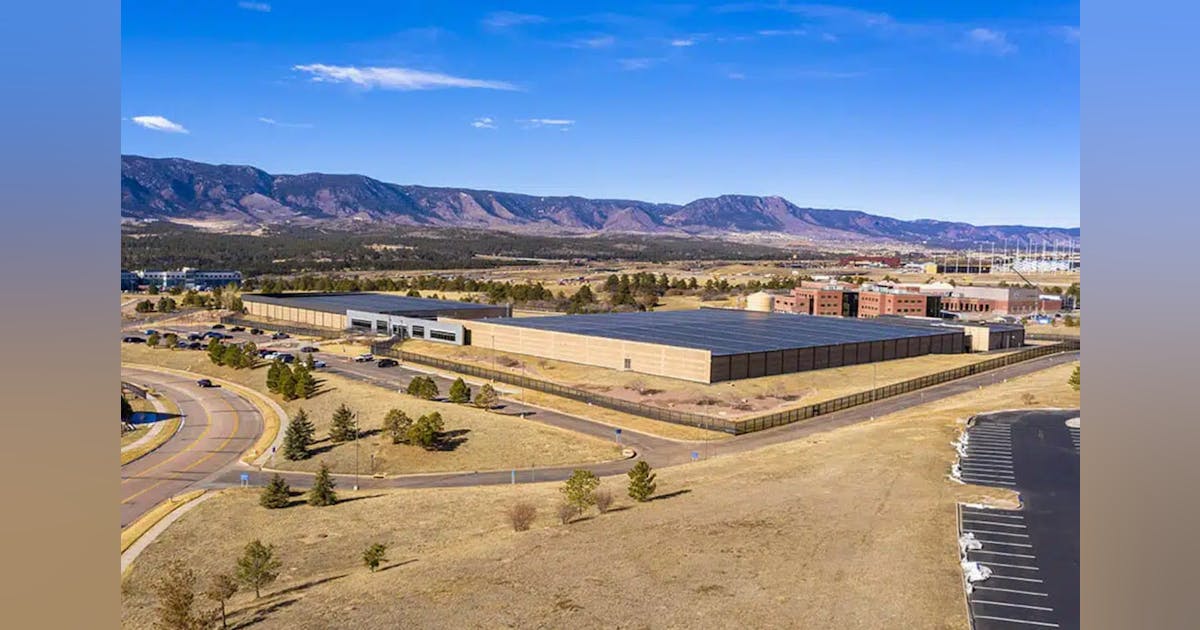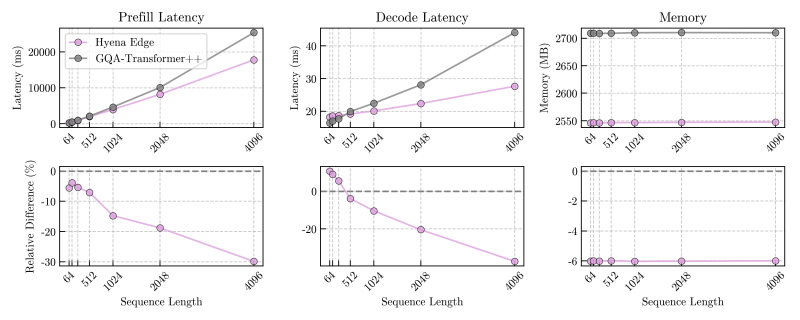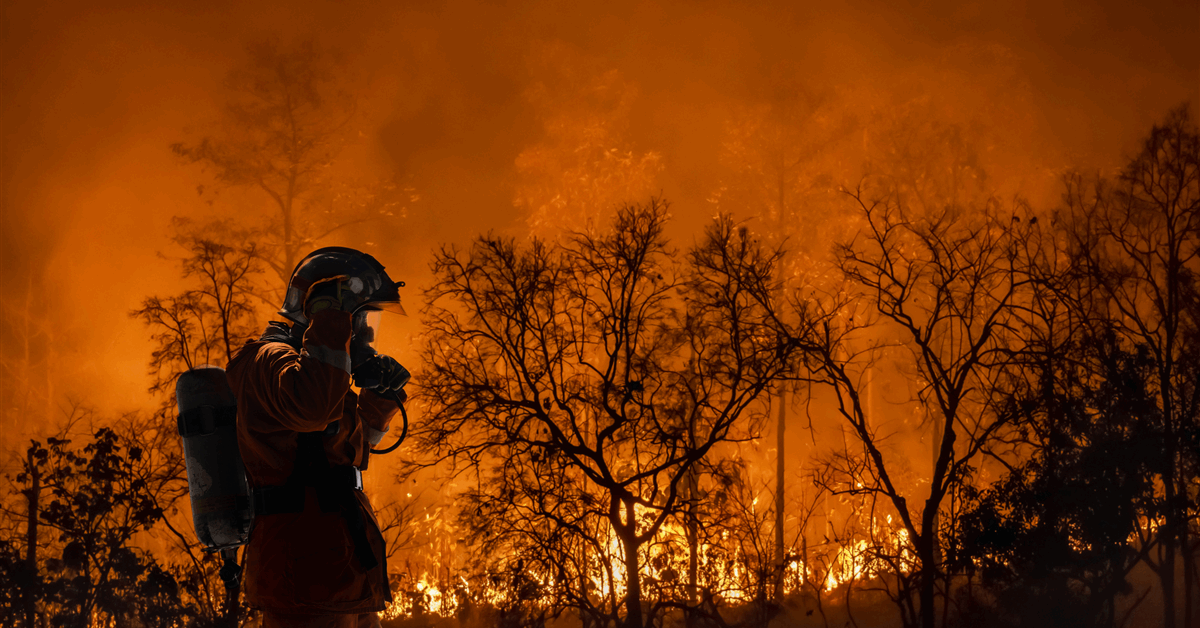
AccuWeather long-range experts are predicting wildfires to burn more land across the United States this year compared to the historical average, AccuWeather stated in a media advisory sent to Rigzone this week by the AccuWeather team.
“We’ve seen fires reported across 20 states that have already burned nearly one million acres so far this year,” AccuWeather Lead Long-Range Expert Paul Pastelok said in the advisory.
“AccuWeather is forecasting seven to nine million acres to burn across the country this year, which is more than the historical average,” he added.
In the advisory, AccuWeather highlighted that nearly nine million acres burned in fires across the United States last year. It added that wildfire season in the U.S. typically peaks later in summer and through autumn but warned that springtime fires can pose a unique danger, especially in areas facing drought after winter.
“Roughly half of the country is dealing with abnormally dry or drought conditions right now,” Pastelok said in the advisory.
“Nearly nine percent of the nation is in an extreme or exceptional drought, significantly higher than at this time last year. This is a concerning situation,” he added.
“The good news is, we’re chipping away at drought conditions across the northern mid-Atlantic states, so the fire risk is starting to decrease. It’s not completely over, because we still have cold fronts coming through this region,” he continued.
AccuWeather noted in the advisory that shifting weather conditions from spring to summer will prime the environment for a surge in wildfire activity.
“While the season may start slowly, there is strong potential for rapid escalation as drought conditions and heat set in,” Pastelok warned.
“This is the time of year when grasses, brush, and other vegetation really start to dry out as trigger mechanisms kick in, like lightning and wind,” he added.
When Rigzone asked Pastelok how much the oil and gas sector will be affected by the anticipated wildfires in the U.S. this year, the AccuWeather Expert highlighted that, “wildfires near and along any rails can lead to disruption in transportation of oil and gas”.
“We see this more with tropical systems impacting working platforms and refineries near and over the ocean, shipping oil and gas back and forth,” he added.
Pastelok told Rigzone that disruptions can also occur on roadways but added that these usually are more temporary.
“However, if roads are completely closed for a longer duration, then it can be more significant on the losses. Supplies can be backed up,” he pointed out.
Pastelok noted that western Canada is an area that is impacted greatly by fires during the summer and early fall and highlighted that “rails either have to slow down or stop shipping … which can be quite costly”.
Pastelok also pointed out that there were “spotty fires along the Gulf States, some contained”.
“Nothing is impacting refineries, but a fire near a refinery can lead to shutdowns and slow progress in the production of gas and shipping as well,” he warned.
“It may be too dangerous for the workforce as well to be there. We anticipate more wet weather in this area during the rest of spring and summer to limit these concerns,” he added.
Pastelok told Rigzone that this fire season will be active the rest of spring and early summer across the Southeast, Carolinas and Florida, and the Southwest.
“Fires along major shipping roads can be impacted, but most likely brief periods with lower impact on prices,” he said.
“Central and eastern Texas should see less fires in the late spring and early summer with an increase in showers and thunderstorms. Western areas [are] more concerning with severe drought. This can extend north on the east side of the Rockies to the Dakotas,” he added.
“Northern California, the Northwest, and northern Rockies can have a near to above average wildfire season, starting in mid-June and lasting through early fall. The risk can be higher for disruptions, in addition to less travel routes,” he continued.
“Central and southern California [have] spotty fire concerns in midsummer, but could pick up late summer into fall,” Pastelok went on to warn.
Rigzone contacted the American Petroleum Institute (API), American Fuel & Petrochemical Manufacturers (AFPM), the Canadian Association of Petroleum Producers (CAPP), and Canadian Fuels Association (CFA) for comment on Pastelok’s statement.
CAPP directed Rigzone to the CFA. At the time of writing, the API, AFPM, and CFA have not responded to Rigzone’s request.
To contact the author, email [email protected]





